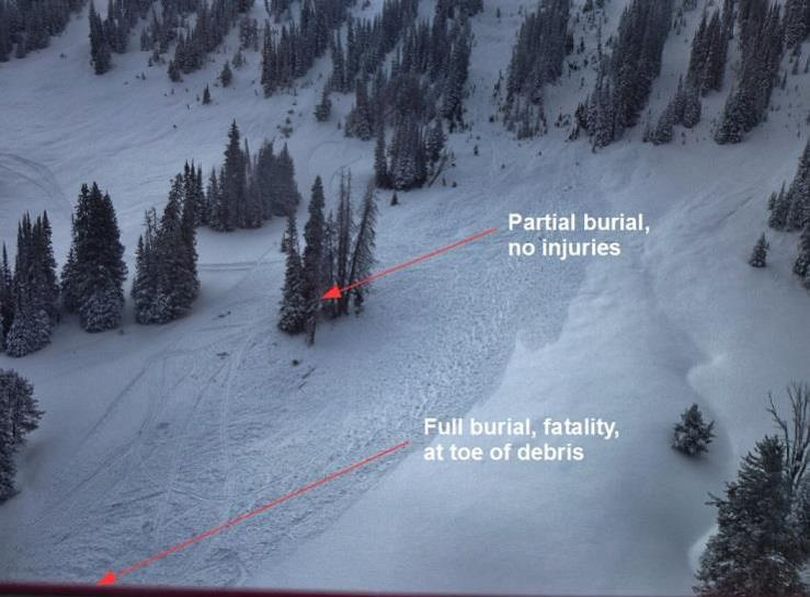Avalanche report: danger not apparent to victims

WINTER SPORTS -- The avalanche that killed a snowmobiler riding in the Gallatin Mountains on New Year’s Day – the first Montana avalanche death in more than a year – was somewhat of an anomaly, according to an expert that spoke with the Billings Gazette.
“Most avalanches happen when people are on the slope,” said Doug Chabot, of the Gallatin National Forest Avalanche Center. That can happen when a snowmobiler is riding across a hill or uphill, or when a skier or snowboarder is carving turns downhill.
But the avalanche that killed 46-year-old Burton Kenneth Gibson of Bozeman and partially buried another rider was what’s called a remote trigger avalanche – when a slide is caused by collapsing of the snowpack from what may look like a relatively flat or safe area.
The story by outdoor reporter Brett French is instructive to snow goers.
“When there’s a weak layer in the snowpack, in order to get an avalanche we need that weak layer to collapse,” Chabot said.
He said the unstable snowpack found in the mountains of southwest and south-central Montana right now is like a book resting atop potato chips.
For more detailed information:
- See the report and photos from the accident investigation.
- See a map of the site.
Illegal riders?
The snowmobiler killed in an avalanche on New Year’s Day, and his companions, were riding in an area of the Gallatin National Forest that is closed to winter motorized use.
“The area they were in, Onion Basin up Portal Creek, is closed to snowmobiles,” said Mariah Lueschen, a spokesperson for the forest.
Onion Basin is in the 155,000-acre Hyalite Porcupine Buffalo Horn Wilderness Study Area.
